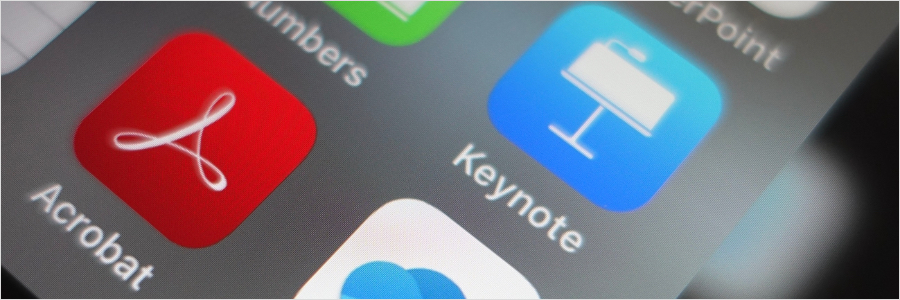Do you feel like your online activity is being spied on? That’s because it probably is — but not by cybercriminals as you might think. It’s more likely that it’s your operating system that's tracking your information. Learn more about Windows 11’s not-so-private settings and how to fix them to ensure your privacy.
Blogs
Industry tips and tricks from experts with decades of experience in the field
Understanding fileless malware

Though fileless malware has been around much longer, it only became a mainstream method of cyberattack in 2017. With fileless malware, cybercriminals are able to use legitimate tools and services, such as existing software, applications, and authorized protocols, to carry out malicious activities like unauthorized data retrieval or data damage.
Keep callers on the line by using these VoIP features

Callers generally don’t like being put on hold for very long periods. But sometimes, your staff will have to put them on hold to verify their identity, find answers to their queries, or refer the call to a supervisor. One way to make sure callers do not feel abandoned while on hold is to use certain Voice over Internet Protocol (VoIP) features.
Microsoft 365 Apps admin center: Features you need to know

Migrating workflows to the cloud, securing all company devices and software, and ensuring 24/7 data access are gargantuan IT admin tasks, especially as companies adopt flexible working arrangements post-COVID-19. Fortunately for Microsoft 365 Apps users, the admin center offers features that empower IT personnel to be more efficient and effective in handling these crucial responsibilities.
Business intelligence tools: Why every SMB should use them

Business data is valuable. When utilized properly, it can enable small- and medium-sized businesses (SMBs) like yours to discover growth opportunities. One way to harness the power of data is to use business intelligence (BI) tools. Multinational companies have been using these tools for years with the assistance of experts who help make sense of massive amounts of data.


